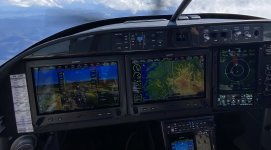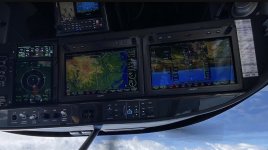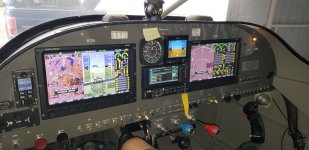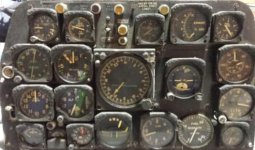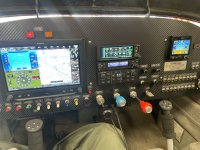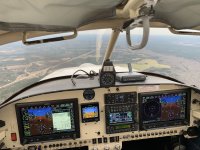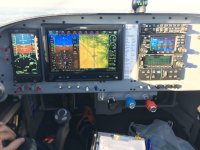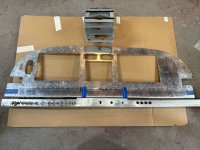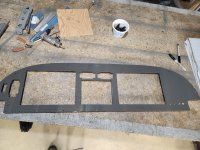This may be a dumb question, but why is it that glass panels tend to always be designed symmetrically, with one glass panel directly in front of each seat? I would hazard a guess that the vast majority of planes are flown from the left seat 99% of the time. I may be missing something obvious, but it seems like it would be better to have the second display closer to the pilot since most people reference it as their primary map fairly regularly during a flight. The central stack with audio panel and other GPS type things don't tend to be touched as frequently, yet most panels put them closer to the eye line of the pilot than the MFD. I know the side by side RVs have small panels and it's not a stretch to reach screens on the extreme sides of the panels, so maybe it's just an aesthetics thing? I'm admittedly just starting to think about my panel design, so I could be missing something very obvious. Please educate me before I do something dumb.
I'm still waffling between Dynon and AFS. AFS screens are actually too tall to go side by side like this (well, the will, but then there's zero space for switches below them....although that begs the question as to why most switches, aside from maybe flaps and a boost bump that should be by the throttle in my opinion, should not be relegated to the far right of the panel since they're rarely touched during a flight).

I'm still waffling between Dynon and AFS. AFS screens are actually too tall to go side by side like this (well, the will, but then there's zero space for switches below them....although that begs the question as to why most switches, aside from maybe flaps and a boost bump that should be by the throttle in my opinion, should not be relegated to the far right of the panel since they're rarely touched during a flight).

Last edited:



